Mayflies: A fleeting beauty
Mayflies more than make up for their slightly misleading name with their interesting lives and importance to wetland ecosystems.
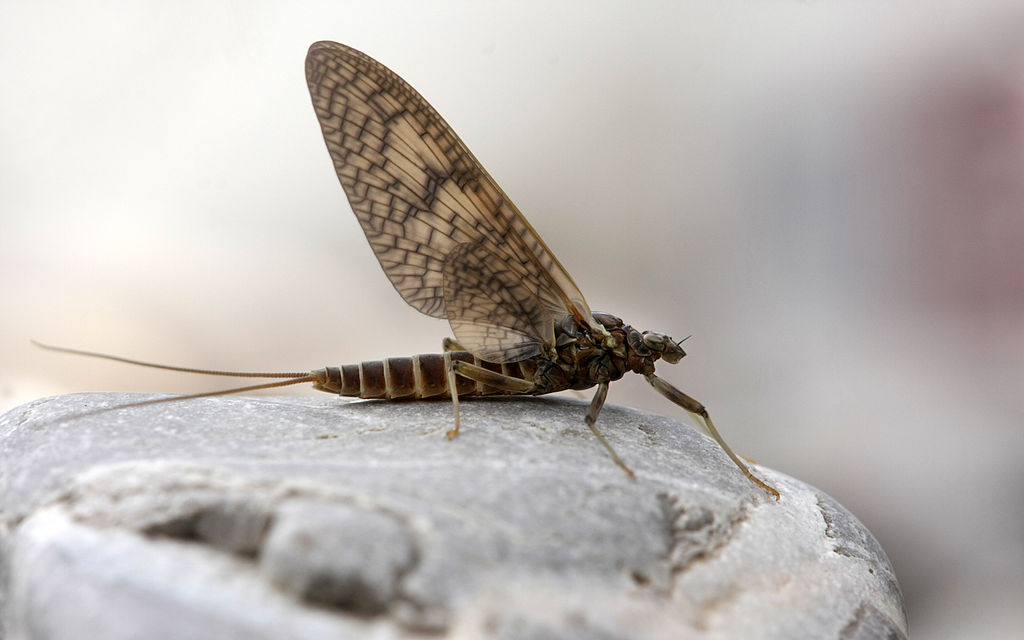
Mayflies have a public relations problem. Looking at their name, it’s reasonable to assume they are found only in the month of May. Around Teatown we find them emerging in May and throughout the warmer months. Another slight to the mayfly’s ego is its order name, Ephemeroptera (think ephemeral, or lasting a short time). Insulting as it may seem, this name is more accurate. Adult mayflies, it turns out, have fleeting lives lasting anywhere from 90 minutes to three days.
Cousins to dragonflies and damselflies, mayflies begin their lives as nymphs (young) in lakes, ponds and streams and are found on every continent except Antarctica. Their fascinating life cycle goes through four stages: egg, nymph, subimago and imago.
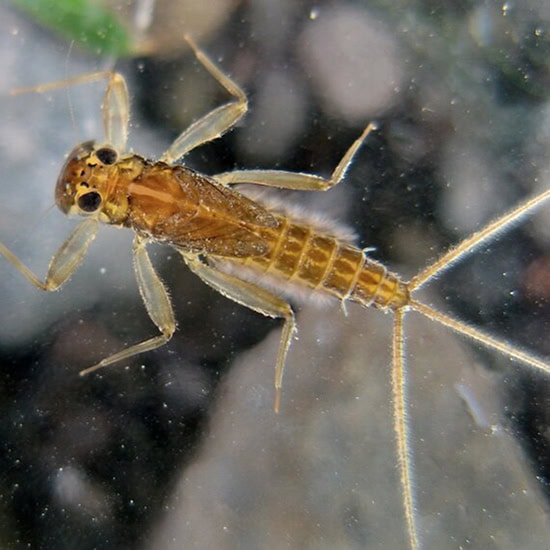
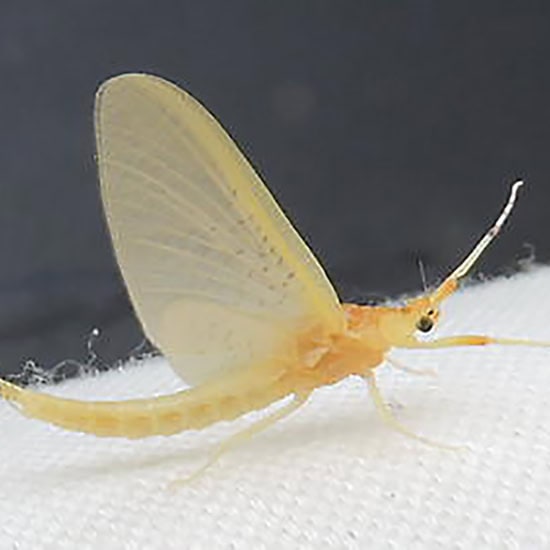
Subimago
Image by Anita Gould, shared under an Attribution-NoDerivs-NonCommercial 1.0 Generic license.
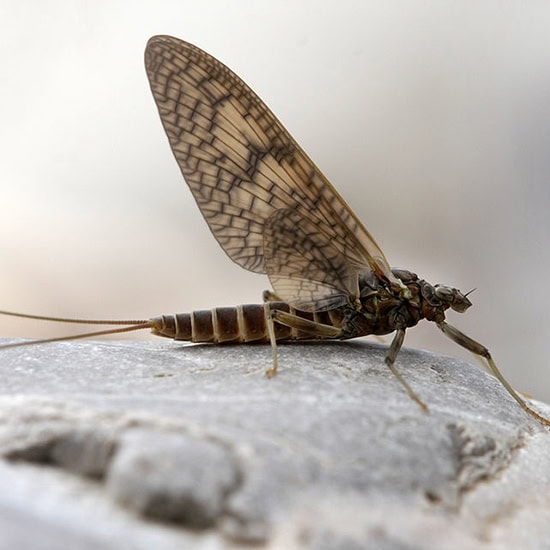
Hatching from eggs at the bottom of their watery homes, the mayfly nymph stage lasts anywhere from 10 days to two years, during which they molt (grow) often. Their feathery or leaflike gills allow them to breathe underwater and they have two or three delicate appendages on their tail called cerci, that act as sensory organs. When the dinner bell tolls, they prefer to feed on algae and other detritus. At Teatown, as elsewhere, mayflies have flattened bodies which helps them cling to the rocks at the bottom of Bailey Brook as the rushing water overhead attempts to move them. Mayflies are cleverly adapted to their environments by being able to swim, crawl or burrow under the water.
When they are ready to molt to the subimago stage, mayflies rise to the surface of the water. There, their exoskeleton splits and they emerge in winged form. They quickly dart off to a safe spot near the water where they molt once again into the final adult stage (imago). This is one way that mayflies really distinguish themselves as the only insects which molt after developing wings.
Regal looking with their gray, yellow or brown colors, slender tails and wings held above their bodies, adult mayflies have an important and singular task: to mate. With no functional mouth parts with which to eat, their time is short. Taking to the skies, males and females swarm mid-air and mate. Females live long enough to deposit eggs in the water where they sink down to the bottom, and the life cycle begins again.
In their silent way, mayflies speak volumes about water quality. Known as an indicator species, their presence and abundance serve as evidence of healthy water as they have little tolerance for poor water quality. Important members of the food chain, nymphs and swarms of adult mayflies serve as a feast for worms, flies, beetles, frogs, dragonflies, bats, fish and birds. In fact, the swarms attract so many fish that it inspired anglers to model their lures after mayflies.
Mayflies more than make up for their slightly misleading name with their interesting lives and importance to wetland ecosystems. If you are interested in observing and tracking mayflies, visit the USA National Phenology Network’s Nature Notebook website to learn how you can report your observations. https://www.usanpn.org/natures_notebook

About the Author
Mary Haley
Environmental Educator
Mary has her master’s in early childhood education. She is passionate about introducing young children to the joys and wonders of nature through playful outdoor exploration.


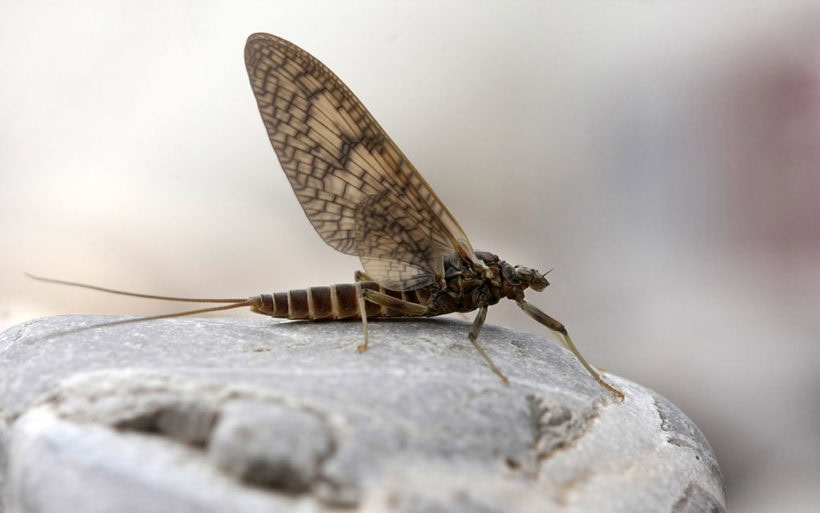
Leave a Reply